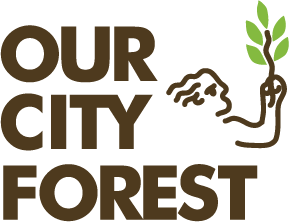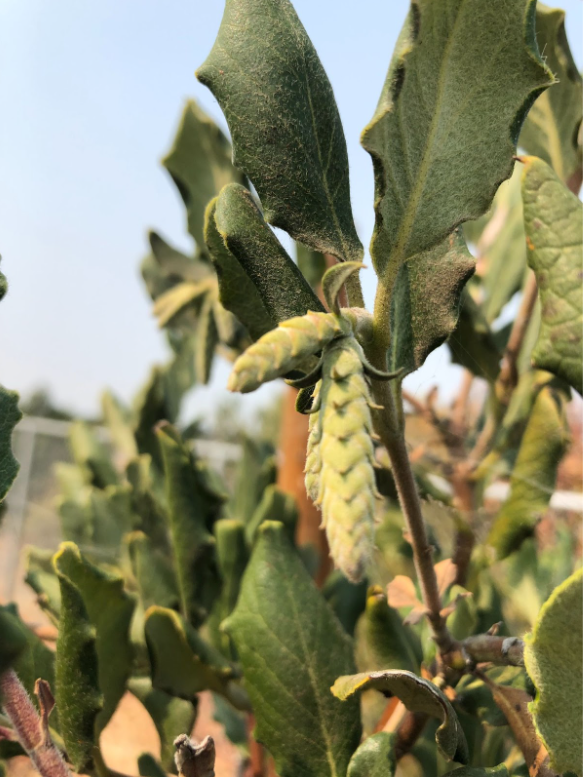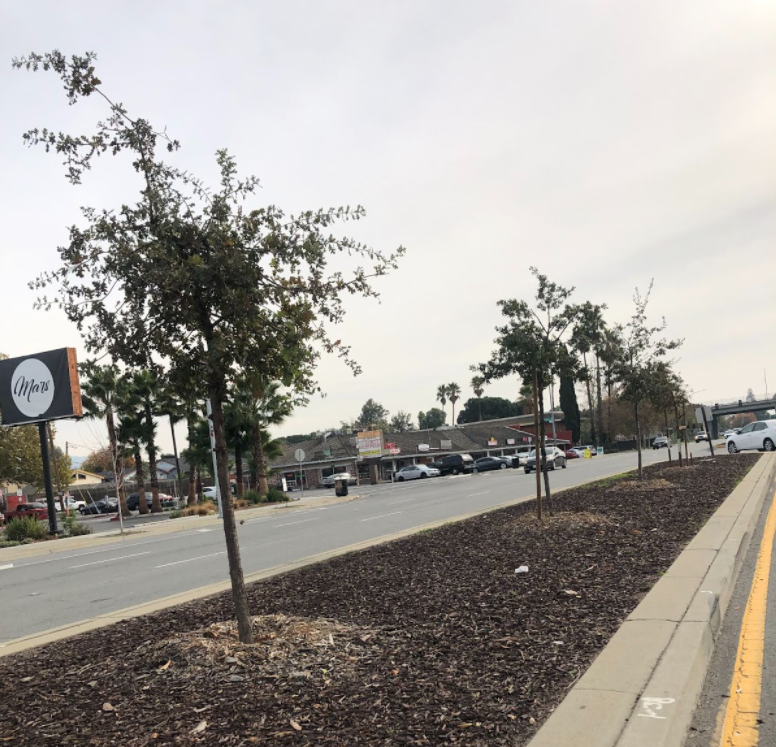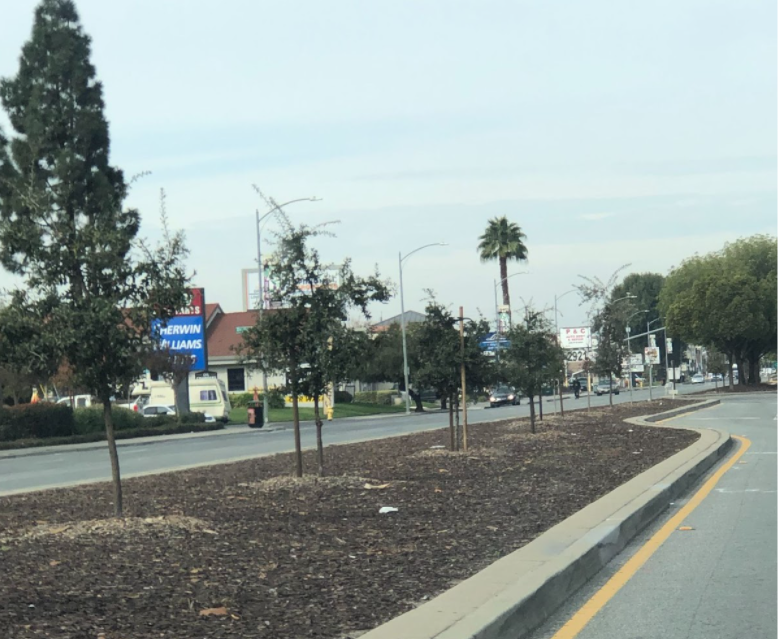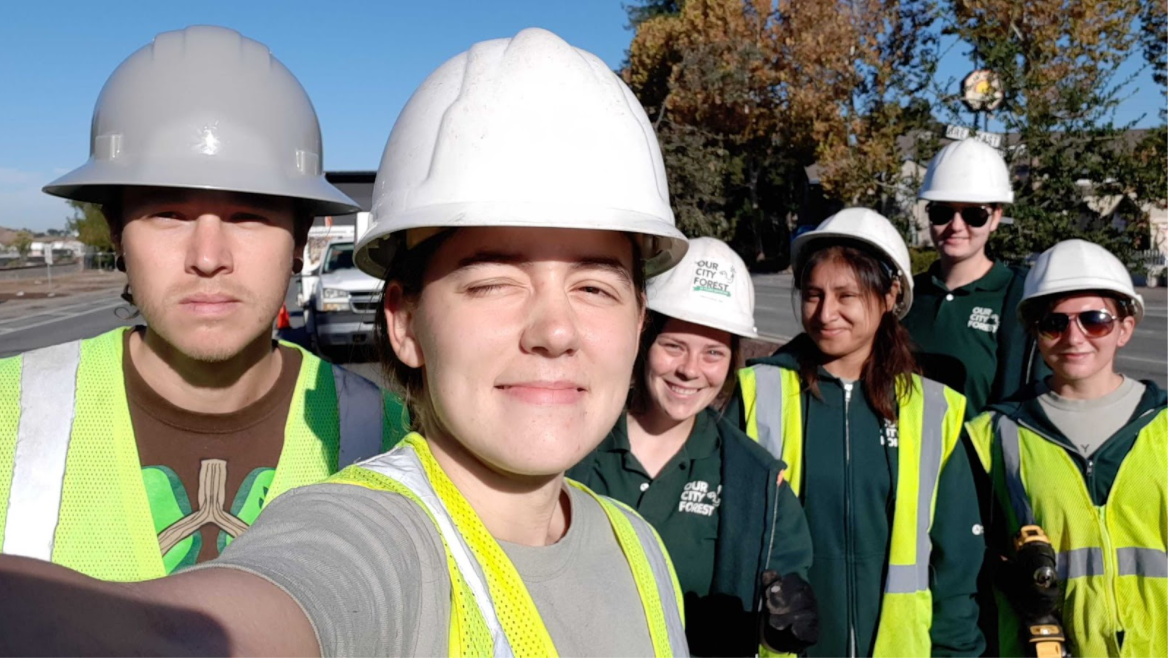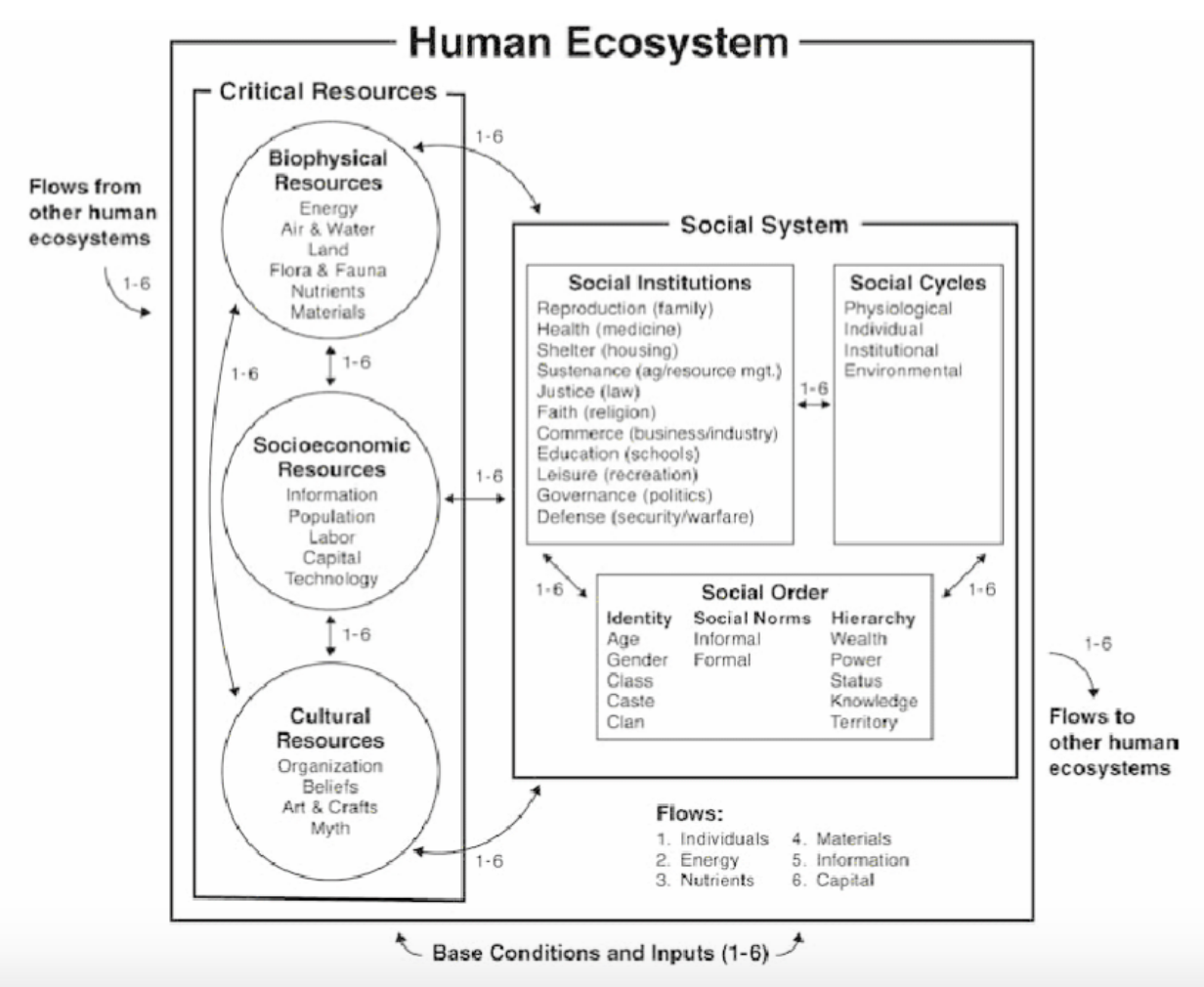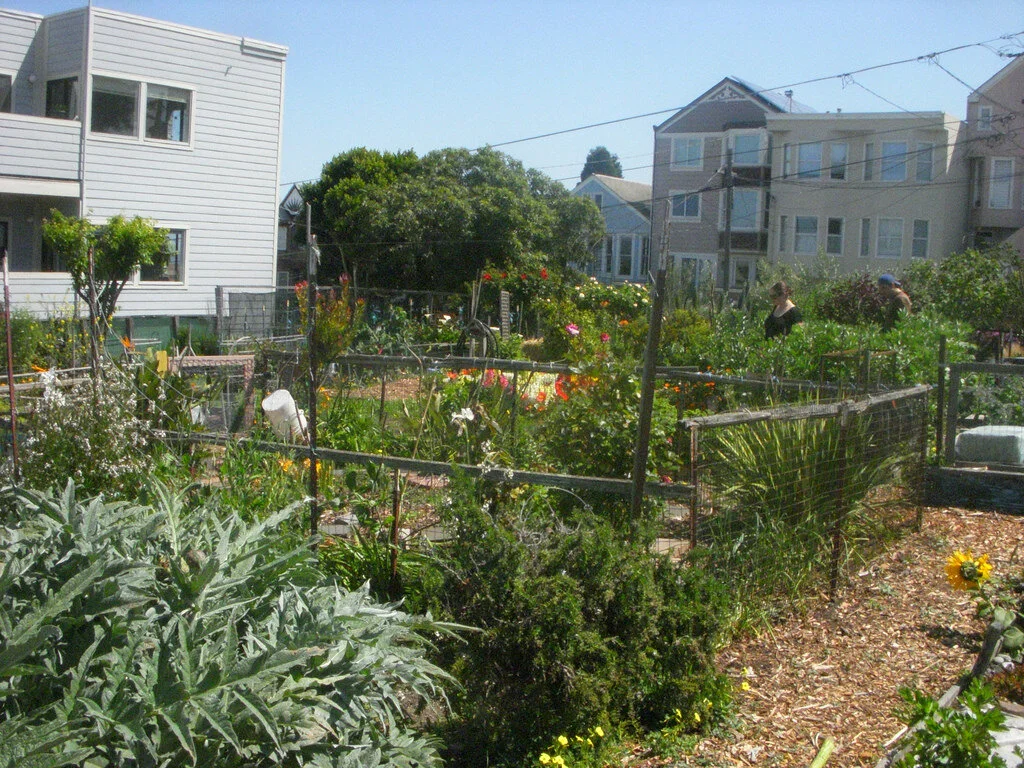Our City Forest works with the San Jose Department of Transportation (DOT) to plant and care for trees along many roads and highways in San Jose. The organization is assisted in planting projects and tree care work with the help of volunteers in the community as well as AmeriCorps service members who dedicate several months to the stewardship of the urban forest in Santa Clara County. In 2018, Our City Forest planted over 200 trees from Alma Ave. all the way to the E. Capitol Expy overpass within the median of Monterey Road. This project included many species of oaks such as Quercus suber, Quercus engelmanii, Quercus virginiana, as well as the native Quercus lobata and Quercus agrifolia. Young trees need quite a lot of care and checking-up to ensure they establish properly. The California climate is stressful, and newly planted trees require supplemental water for the first 3 years after planting to grow a robust root system. From 2018 to 2021, these trees received watering services from Our City Forest to keep them alive and help them establish in the harsh, urban environment. These trees were watered over 75 times using recycled water throughout the 3-year establishment period. 118 of these trees were pruned by Our City Forest AmeriCorps members in the Spring of 2021 for clearance and structure. In the Fall of 2021, these trees were handed over to the San Jose DOT City Arborists to continue stewardship and maintenance for the many years to come.
Trees Our City Forest planted along Monterey Road.
Monterey Road is a historic gateway to San Jose. It can seem a bit industrial these days. The addition of these trees to the median has brightened up the area and will make all the difference in a couple of decades once the canopy has developed. Trees near roads help sequester carbon emissions from these industries and cars as well as help reduce particulate matter near the road. They provide shade that will help reduce the stress of the Urban Heat Island Effect as well. The aesthetic contribution of trees in this area helps support businesses and recreation down the corridor.
Trees Our City Forest planted along Monterey Road.
Not each tree survives to maturity. Some require stakes for longer periods of time, some encounter poor or compacted soils that inhibit root growth. The trees planted along Monterey Road have a high survivability rate (90%) considering the difficult conditions of the urban environment. These trees will contribute ecosystem services for many decades to come. Our City Forest appreciates our productive partnership with the San Jose Department of Transportation. We will continue to plant trees and provide 3-year establishment services to green our roadways and help fight climate change in our communities.
Our City Forest AmeriCorps member performing tree care.
Some of the Our City Forest team out at a tree care route.
